How Caches Become Databases – And Why You Don’t Want This
VoltDB
MARCH 21, 2024
The most obvious and common way this happens is when companies try to evolve their caches into a data platform that can, for example, be used as highly available enterprise key-value stores for volatile data. Let’s look at a typical scenario involving the javax cache API, also known as JSR107. How hard can it be?



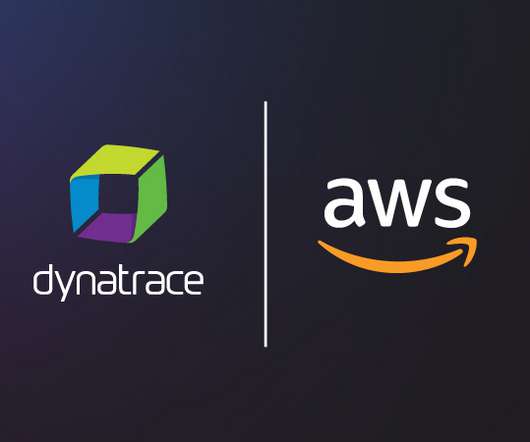











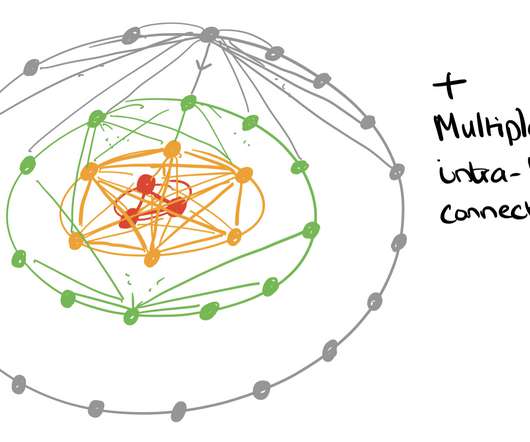

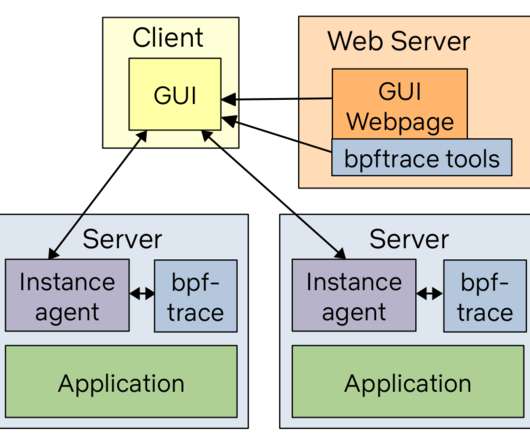





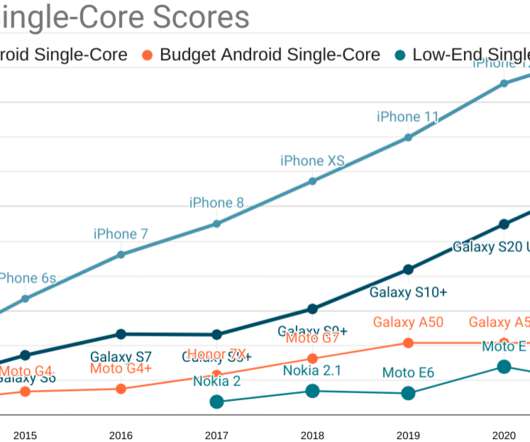

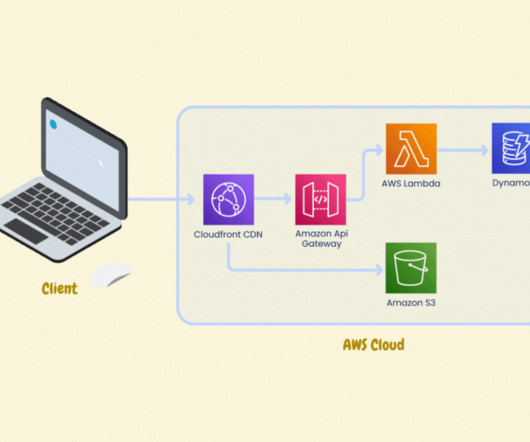







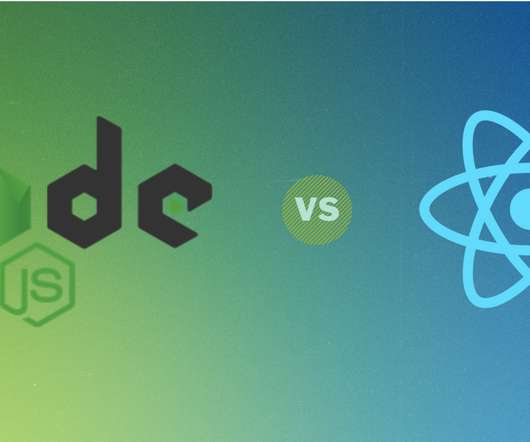
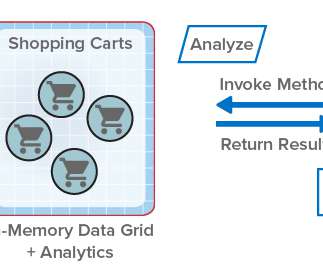
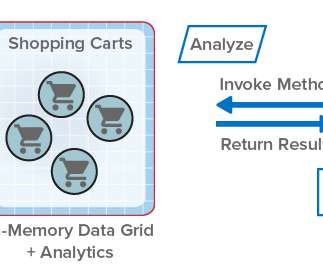













Let's personalize your content